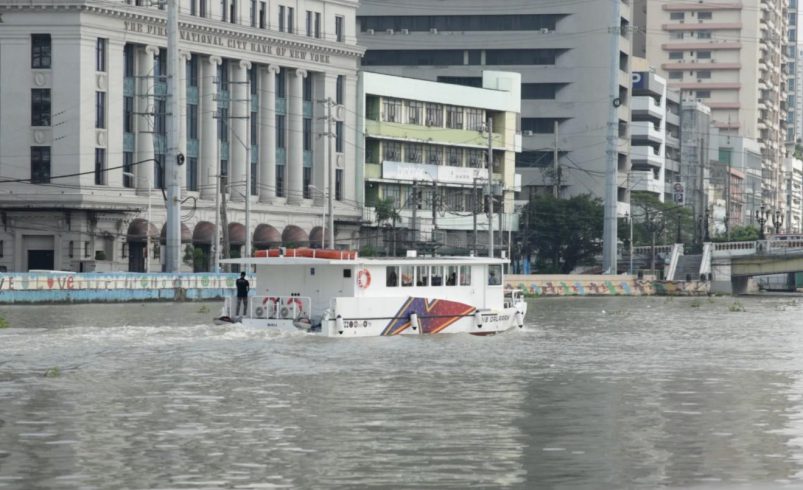DOST launches country’s first locally designed solar-powered passenger ferry
- October 8, 2025
- 0

The Department of Science and Technology (DOST) has launched the country’s first electric passenger ferry, a locally built, solar-powered vessel that will soon sail on the Pasig River. This marks a major step toward sustainable and disaster-resilient transportation in Metro Manila.
Science and Technology Secretary Renato U. Solidum Jr. said the newly launched M/B Dalaray, the country’s first electric passenger ferry, showcases how the Smart and Sustainable Communities Program (SSCP) can help create more resilient, data-driven, and environmentally responsible cities.
Developed by Filipino inventors from the University of the Philippines-Diliman, the M/B Dalaray — meaning “flow of current” — is the first locally designed and fabricated battery-electric ferry in the Philippines. It was unveiled at Plaza Mexico, Intramuros, Manila, and will become fully operational by November 2025.
The solar-powered vessel can carry up to 40 passengers and three crew members or five tons of total weight, with a range of 45 kilometers at eight knots. It can recharge in just two to three hours and operate for up to three hours straight, making it ideal for daily trips along the Pasig River.
“The M/B Dalaray is the Philippines’ first locally designed and fabricated battery electric ferry, a product of Filipino ingenuity and collaboration,” Solidum said. “Funded by the DOST and monitored by the DOST-PCIEERD, this project symbolizes our move toward a greener, cleaner, and smarter mode of transportation.”
Solidum added that aside from its environmental and urban transport benefits, the electric ferry could also be deployed for disaster response and preparedness, especially in the event of a major earthquake that could disrupt Metro Manila’s road networks.
“With the frequent earthquake events happening in the Philippines, and the possibility of a major earthquake affecting Manila, our roads can be severely affected if the West Valley Fault moves. One of our suggestions is to develop a transport system along the Pasig River and across Laguna Lake,” he said.
The Pasig River, which connects Manila, Makati, Pasig, Mandaluyong, and Taguig, could also link surrounding towns in Rizal and Laguna,
Since 2014, the Department of Science and Technology (DOST) has invested more than PHP962.6
Do you think more electric ferries like the M/B Dalaray can help ease congestion and improve disaster resilience in Metro Manila?
Follow Power Philippines on Facebook and LinkedIn or join our Viber community for more updates.
Photo Credit: DOST Website